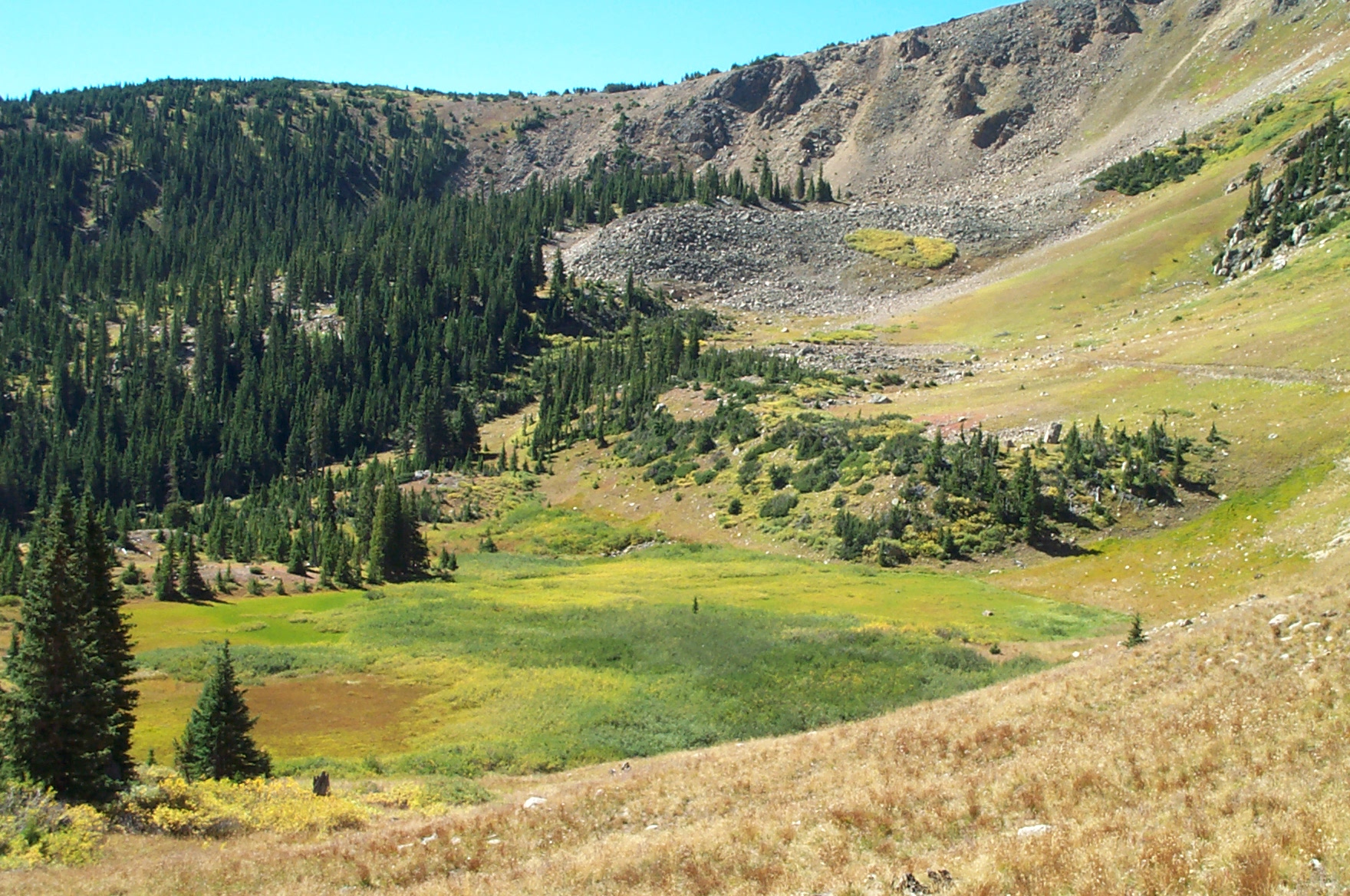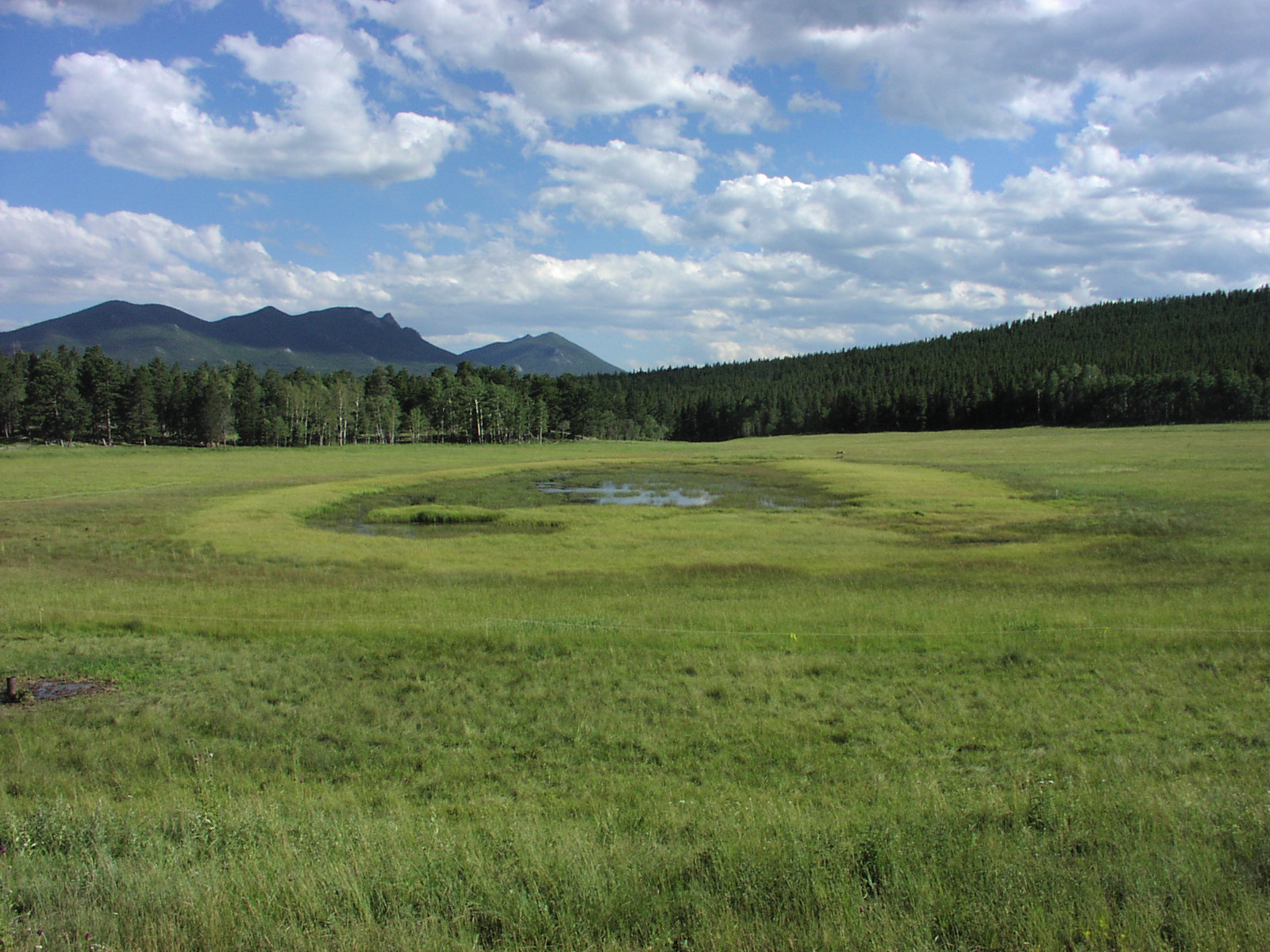Colorado’s wetlands range from alpine wet meadows at the base of Mount Elbert to marshes along the Arikaree River at the Kansas border. Though they cover less than 3% of the state, wetlands and riparian areas are by far the most ecologically and economically significant ecosystem in Colorado. Classification facilitates the management, restoration and protection of Colorado’s wetland resources by providing a common language about the types that exist, their functions and attributes, and relative frequency or rarity.
CNHP had developed two primary classification systems for wetlands in Colorado.
- Ecological Systems represent recurring groups of biological communities that are found in similar physical environments and are influenced by similar dynamic processes. As a mid-scale classification system, ecological systems are ideal for conservation assessment, inventory and mapping, land management, ecological monitoring, and species habitat modeling.
- Natural Plant Communities, or plant associations, are the finest scale of the U.S. National Vegetation Classification and are based on repeated patterns of species combinations.

Beyond the work of CNHP, there are two widely used national wetland classification systems.
- The Cowardin Classification is used by the U.S. Fish and Wildlife Service's National Wetlands Inventory (NWI) program for wetland mapping. The Cowardin classification emphasizes physiognomy and water regime, but rarely includes detailed information on plant species.
- The Hydrogeomorphic (HGM) classification system is used by the U.S. Army Corps of Engineers and other agencies to assess wetland functions. The HGM classification system groups wetlands into seven different classes based on geomorphic position and hydrologic characteristics.









